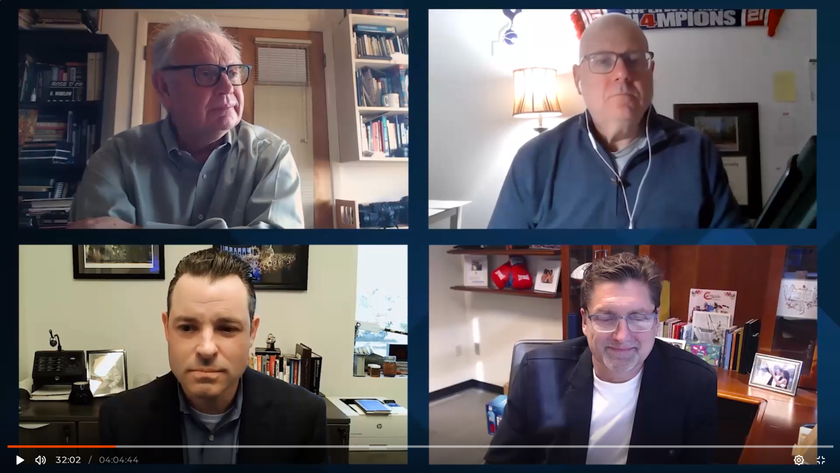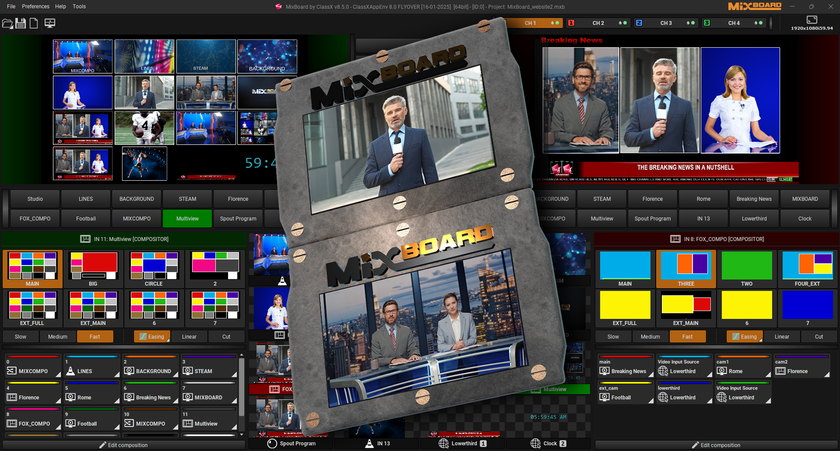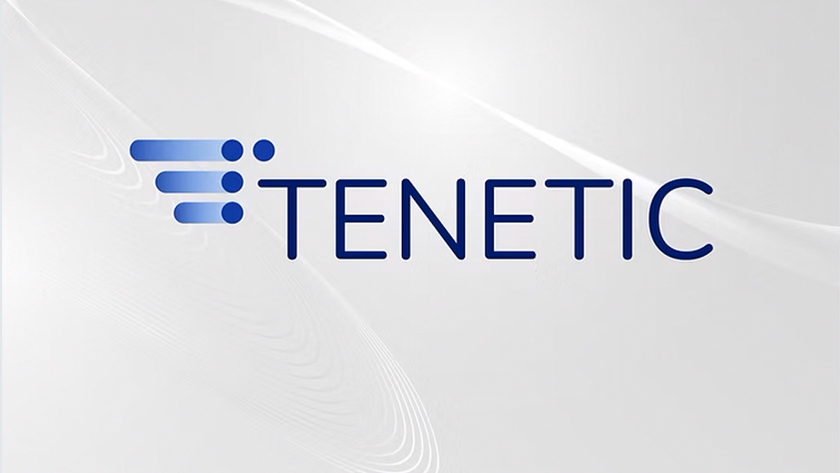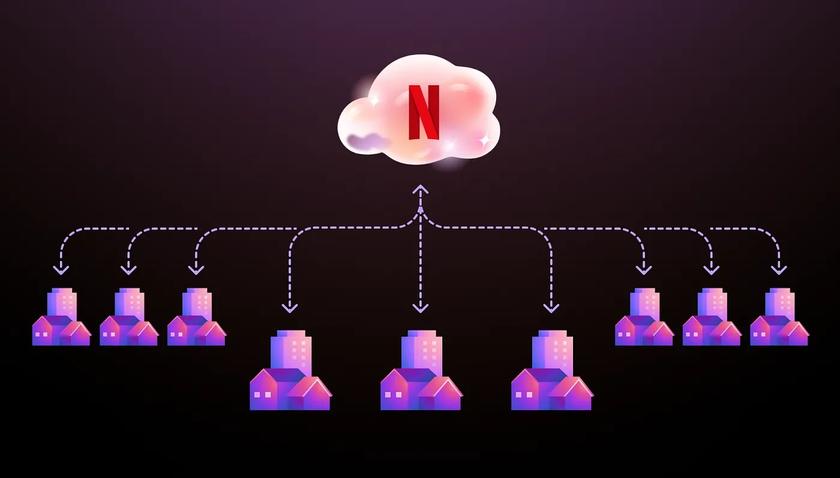NAB 2015: Grass Valley Maps Its Path to an IP Future
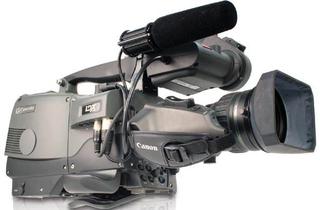
Grass Valley LDX 4K Camera
LAS VEGAS—Grass Valley has had a smooth transition since Belden acquired the company a year ago, according to company President Marco Lopez.
“Our goal from the beginning has been to leverage our company’s scale and stability to the benefit of our customers,” he said. “We’re off to a tremendous start; and our customers are noticing.”
At the 2015 NAB Show the company will unveil new technology that steers customers toward solutions that will help them improve and future-proof their businesses, Lopez said. “We’re able to do this because we keep our ears and eyes open, and ensure that our technologists are focused on what our customers have told us they need.”
TRANSITIONING TO IP
One transition looming large is the integration of IP within the facility. “Many broadcasters have begun incorporating IP ‘islands’ into their workflows to serve specific functions, such as moving content from one room to an adjacent room,” Lopez said. “[But] IP is a gradual migration, it is not a forklift upgrade.”
Lopez stressed that the transition to IP is still in an early stage, with most facilities having an IP core, surrounded by IP-to-SDI conversion. One of the main benefits being realized in the transition is in monitoring, according to Lopez. “This is important, as the routing requirements of modern broadcast facilities are often driven by monitoring,” he said. “But the promise of a true, ‘glass to glass’ IP facility has not been realized.”
Two things need to happen to get there. First, products such as production switchers, servers and cameras need IP I/Os, which Grass is addressing. Second, clean switching needs to be addressed, as current solutions in the market—whether COTS IT solutions, or broadcast-centric—cannot switch natively on the vertical interval.
Get the TV Tech Newsletter
The professional video industry's #1 source for news, trends and product and tech information. Sign up below.
“End-point switching holds promise, but control standards between vendors are not fully developed,” Lopez said. Grass is working on end-point switching support across its product lines, but is also developing IP switch technology that will allow for vertically accurate switching in the switch itself. This technology can be used in conjunction with COTS switching to greatly simplify system design and improve performance.
Lopez said the company’s IP solutions are currently ready to stream broadcast quality content within a broadcast infrastructure. “The next two years will be full of advancements in IP technology for broadcast,” he said. “This year Grass Valley will introduce IP technology across all of its product lines [as a] solution called ‘Glass-to-Glass IP.’ [This] will allow broadcasters to implement IP-based systems, not only for monitoring, but also in their main signal paths for production and playout.”
Grass Valley introduced its Nvision 8500 Series IP Gateway last year, which is now shipping. This is the first of several gateway-type products from the company, in different hardware platforms. These gateways are a key part of the IP offering because they enable customers to incorporate support for IP signals within existing SDI workflows with almost no disruption.
At the 2014 IBC Show, Grass Valley previewed its Pegasus SDN-enabled control solution. At the NAB Show, the company will formally unveil the product, which Lopez calls a “major pillar” of the company’s IP migration strategy that provides two very significant advantages to broadcasters.
With Pegasus, broadcasters will be able to use COTS routers and switches, such as those from Cisco and Arista, in addition to traditional SDI broadcast routers in the same workflow. Operators will be able to control these COTS routers via SDN using broadcast-centric control panels that are familiar to existing operators and use the same control paradigm they’re familiar with. “This opens the door to easily accessible IT routing capabilities without changing the broadcast workflow,” Lopez said.
CLOUD, UHD AND MORE
GV Stratus Playout, which was first introduced last year, has seen a number of installations with some new applications developed along the way, according to Lopez. “The idea of managing playout in the cloud, while keeping content located on-premises, is relatively unique, and customers are enjoying the flexibility and security this provides them,” he said.
Regarding 4K, Grass Valley has been integrating 4K/UHD support into its product lines for several years and the company supports an end-to-end 4K production workflow. The 2015 NAB Show will mark the U.S. debut of Grass Valley’s LDX for 4K camera line, which was formally introduced at the 2015 IBC Show. “The gamechanger, we believe, is that our 4K camera systems—unlike previous 4K cameras that were more geared toward cinematography—integrate easily into broadcast workflows because of their tremendous depth of field and light sensitivity,” said Lopez. “Plus, they use standard B4 lenses.”
At its booth, the company will demo its LDX 4K camera with a Grass Valley K2 Dyno replay system featuring DynoZoom, which enables pan-zoom replay functionality using a convenient touchscreen interface all the way up to 4K. The K-Frame S-series mid-range switcher, first introduced at IBC, will also be on hand.


